The cue sheet (held in front of our walk-in look) that I sketched together this morning to accomplish today’s #lightingdesign

Posted on June 9th, 2013
The cue sheet (held in front of our walk-in look) that I sketched together this morning to accomplish today’s #lightingdesign

Posted on June 8th, 2013
Guarantee I’ll never get a hand better than this one! And I played it right, too - took two ppl out with it setting up a 1st place finish!!

Posted on May 26th, 2013
I have a pretty cool job. This is me posing in the Audi R8 that we put on our stage for this weekend. The second image is me rappelling down after changing the lamp in one of our fresnels.
Thanks to Kyle and Andrew for taking the photos.


Posted on May 1st, 2013
Posted on March 24th, 2013
Our take on Palm Sunday (which has to hide the Easter set behind the traveler) The simple beauty of a broken down band and a bare stage dressed w. but a simple length of red fabric on the floor

Posted on March 17th, 2013
#productiondesign and #photography by EGWolfe, fabric by @RoseBrand
I grabbed this screenshot from an email blast sent out by @RoseBrand last month. I’m honored to let them use my my photos. These are a four examples of how I’ve found uses for white PolyStretch that we purchased about 8 years ago. Here’s looking forward to their next mailer and some of the other fabrics of theirs I use. In the meantime, you can see some of their other fabrics in my portfolio, have a look: egwolfe.info
*note to myself: time to upload some recent designs
Posted on March 10th, 2013
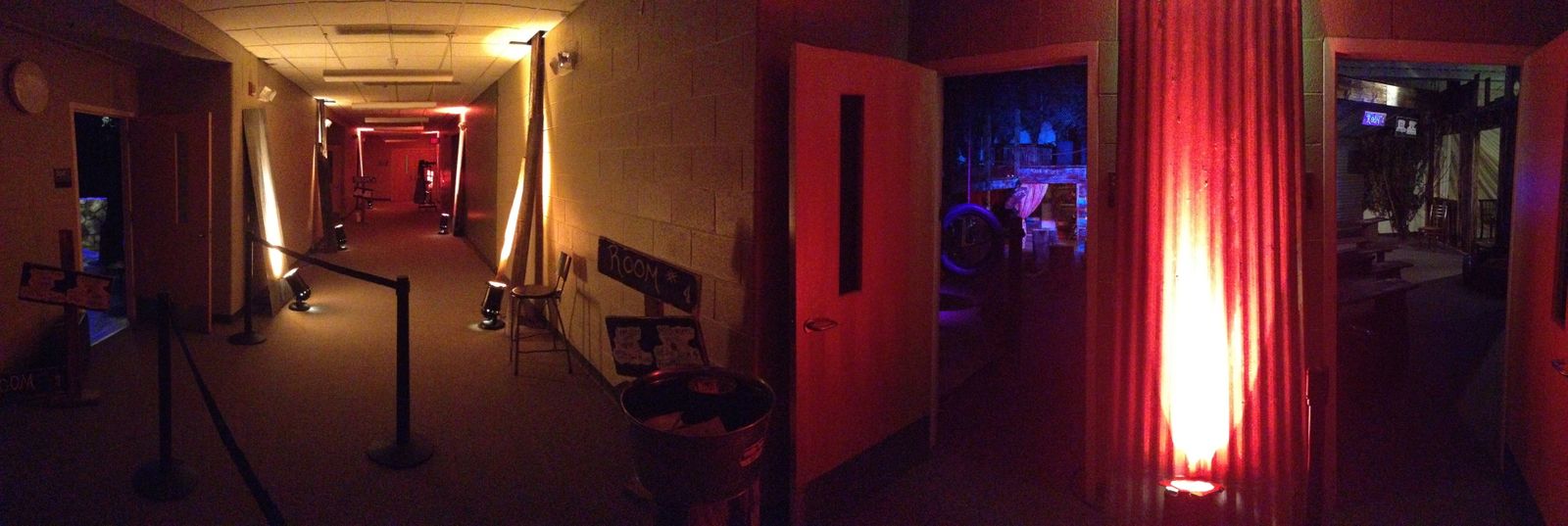
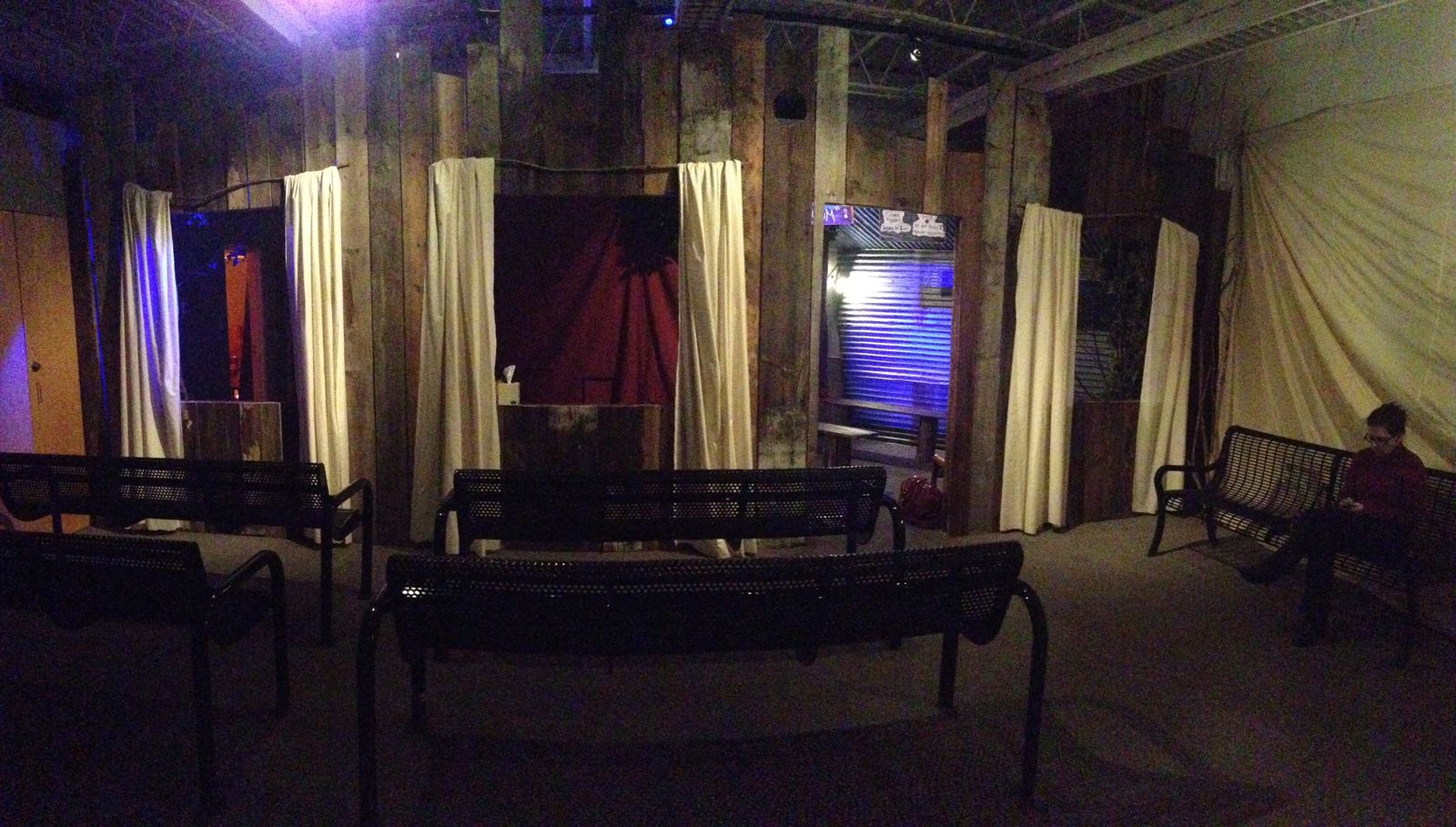
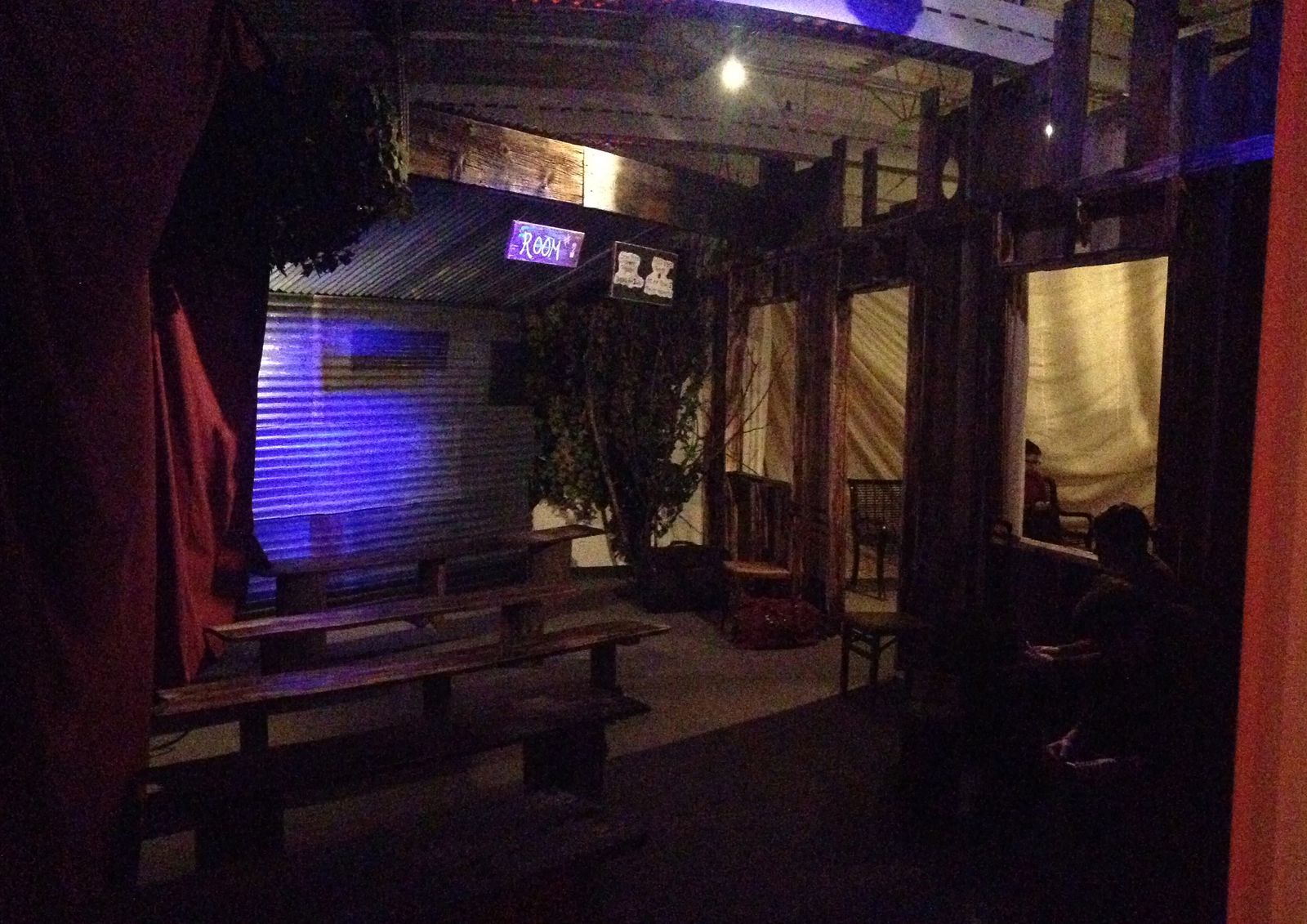
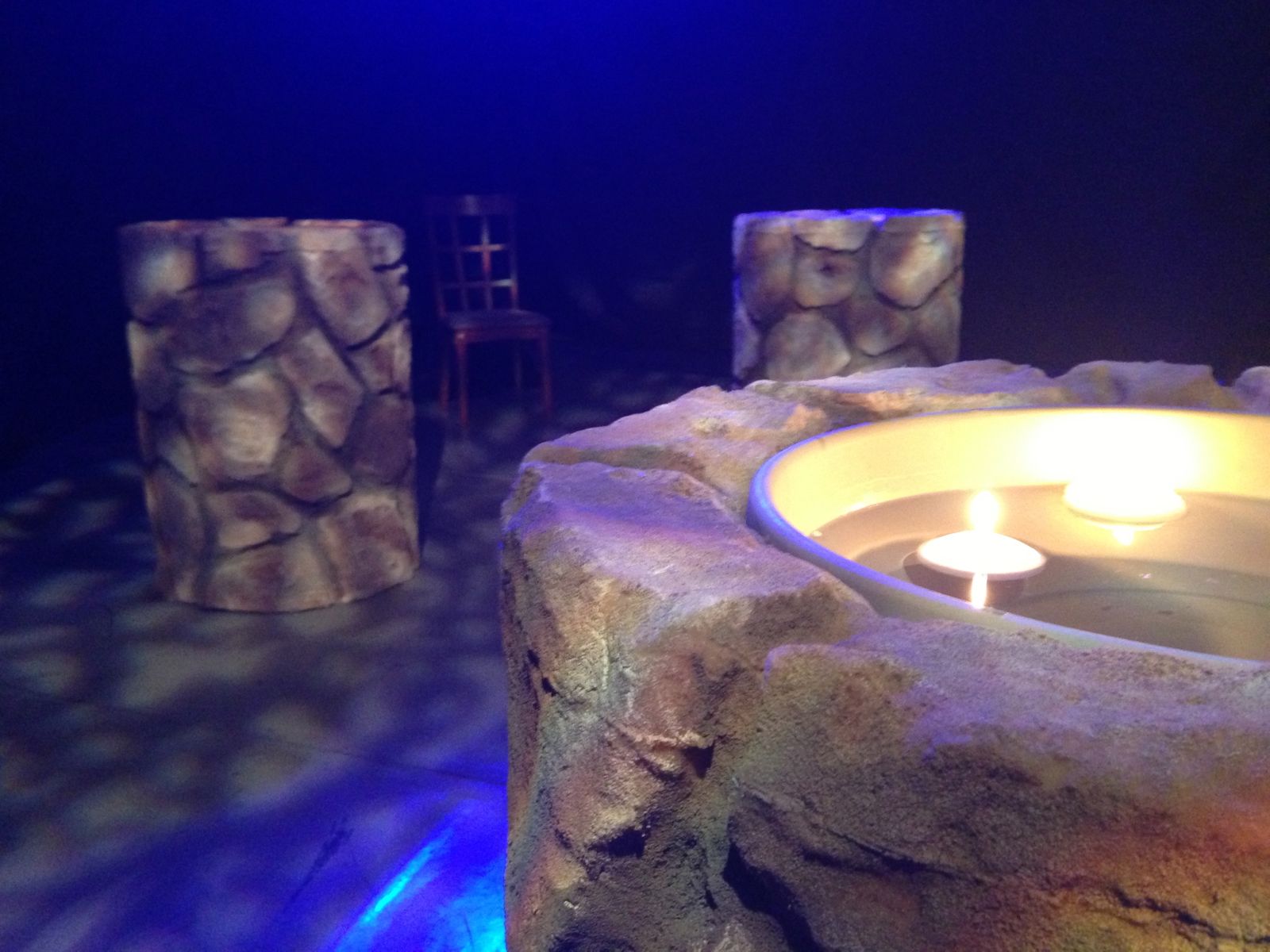

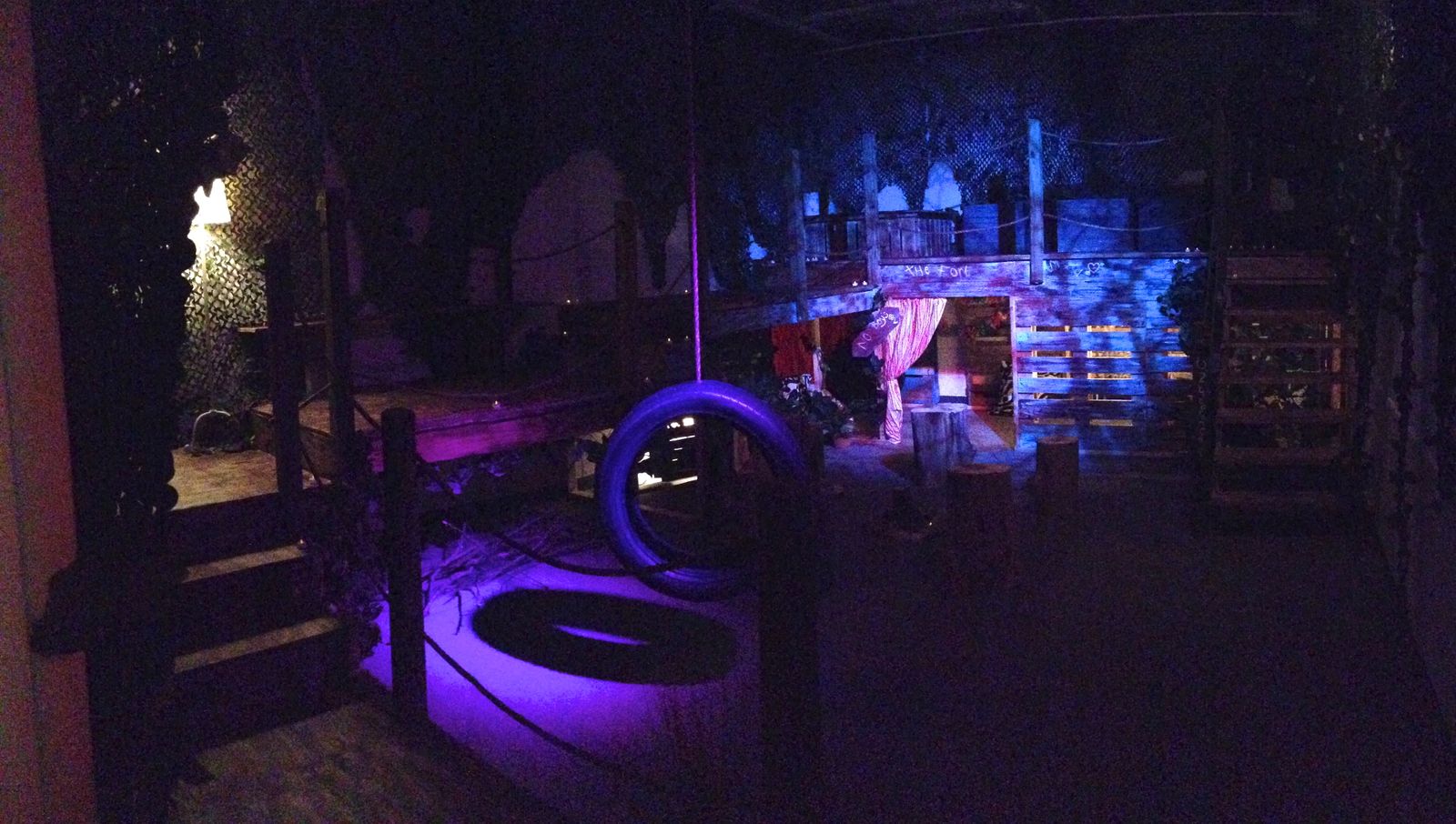
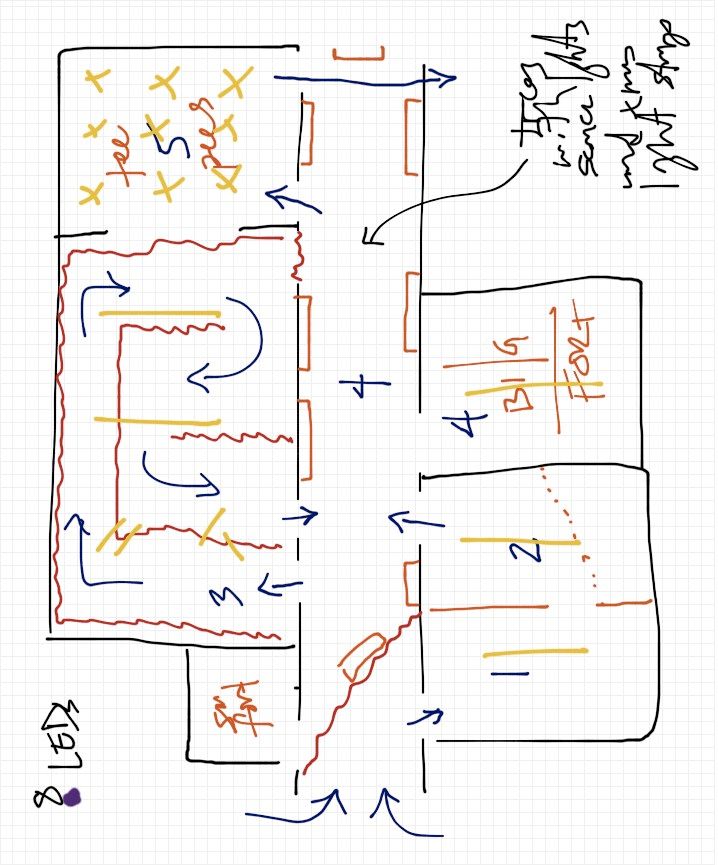
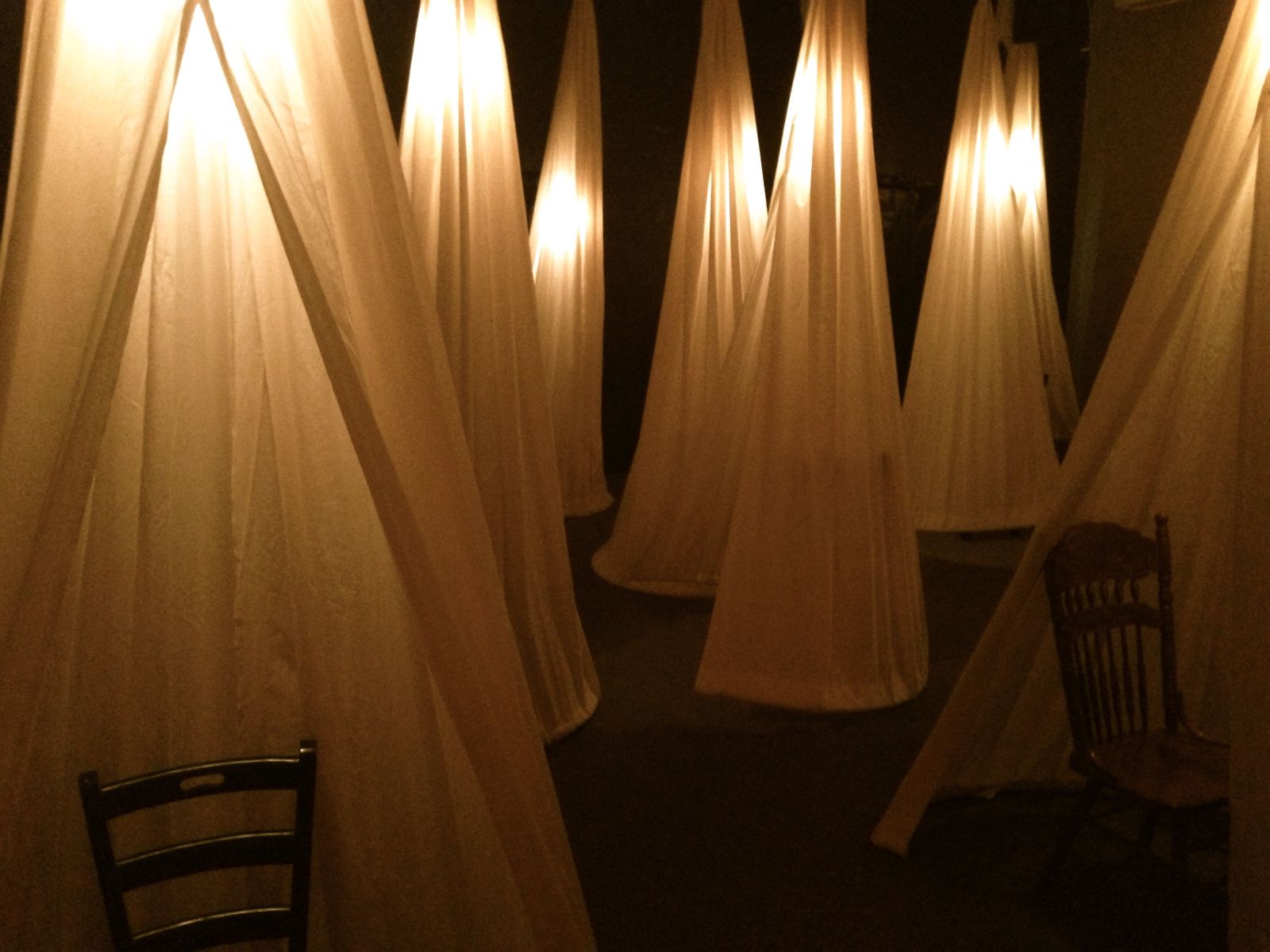
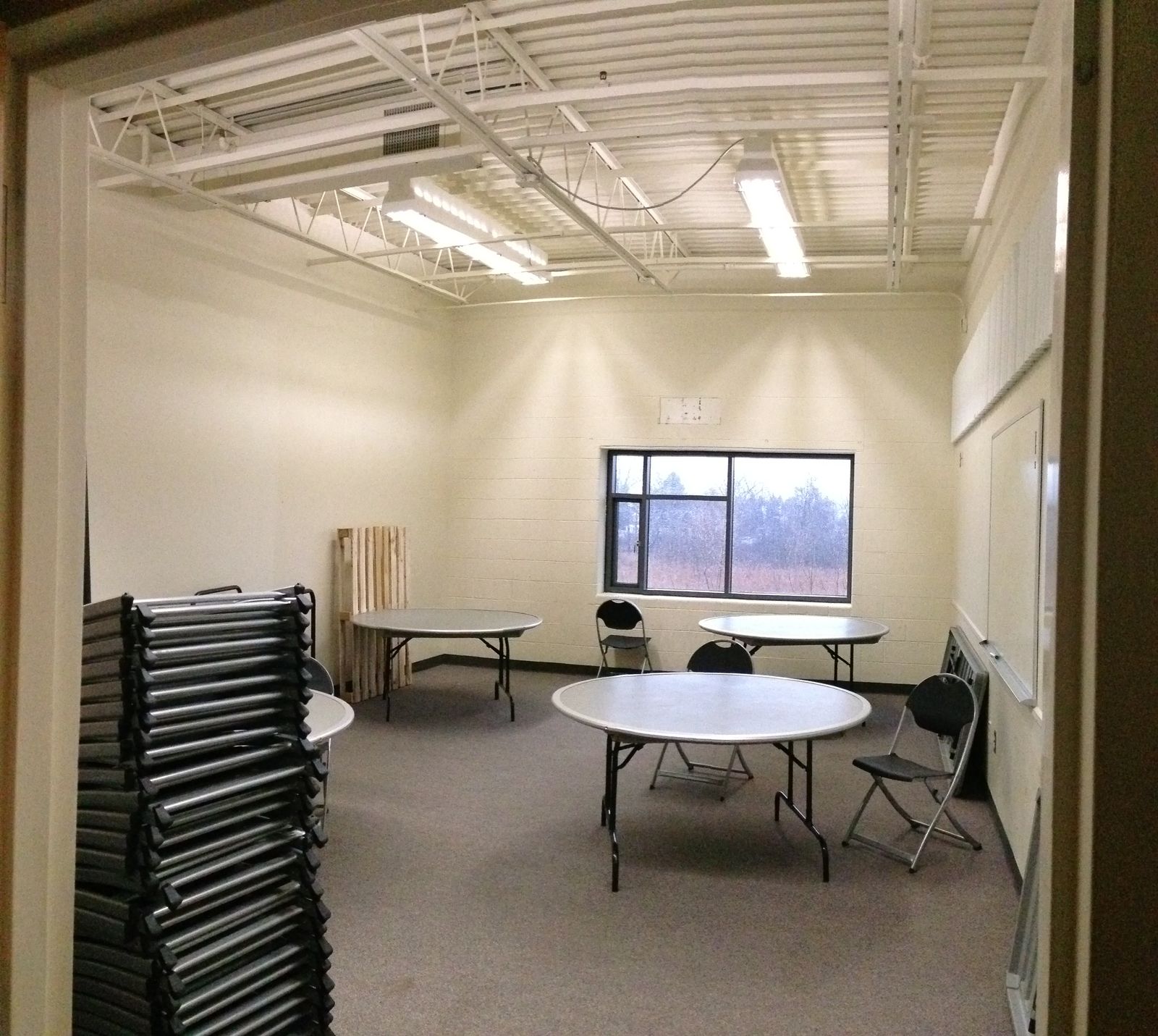
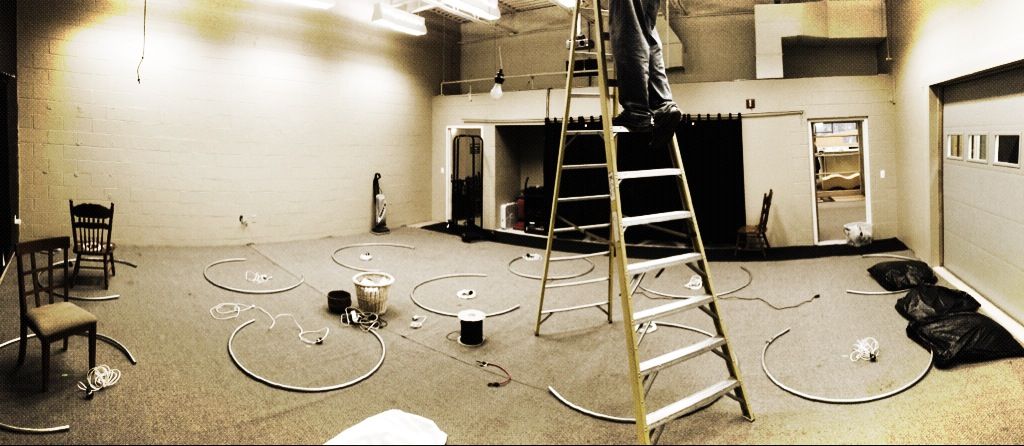
Posted on March 10th, 2013
The price point is also great, especially for multiple users.
Vectorworks is awesome, but is more (both in cost and complexity) than our workflow requires - especially with multiple users; most of whom are not "designing" but rather just laying out a plot.
There are many other programs I might consider writing about, but I'll leave this post with the above two mentions for now. Connect with me and I can share my workflow if you're interested…
Posted on March 4th, 2013
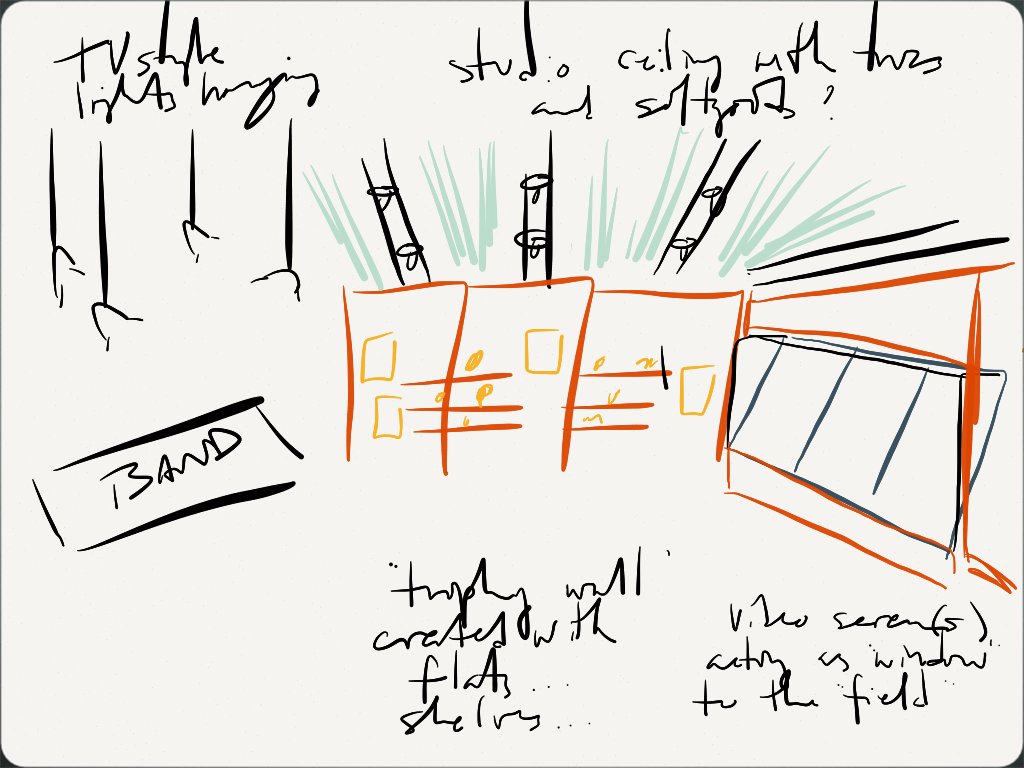
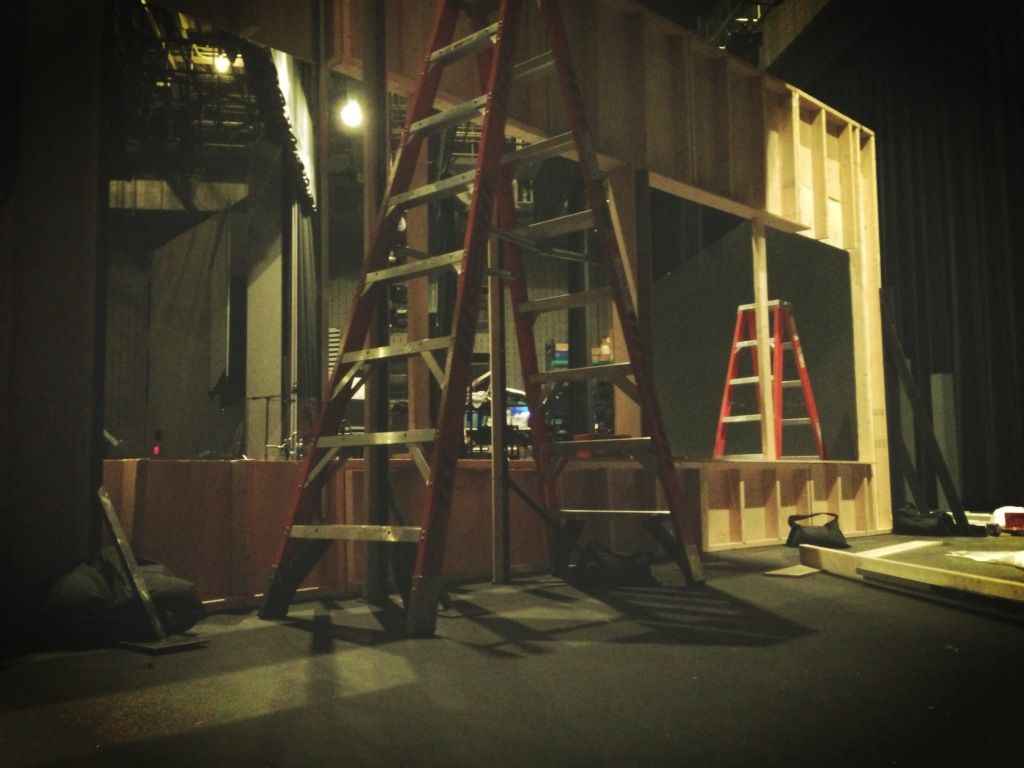
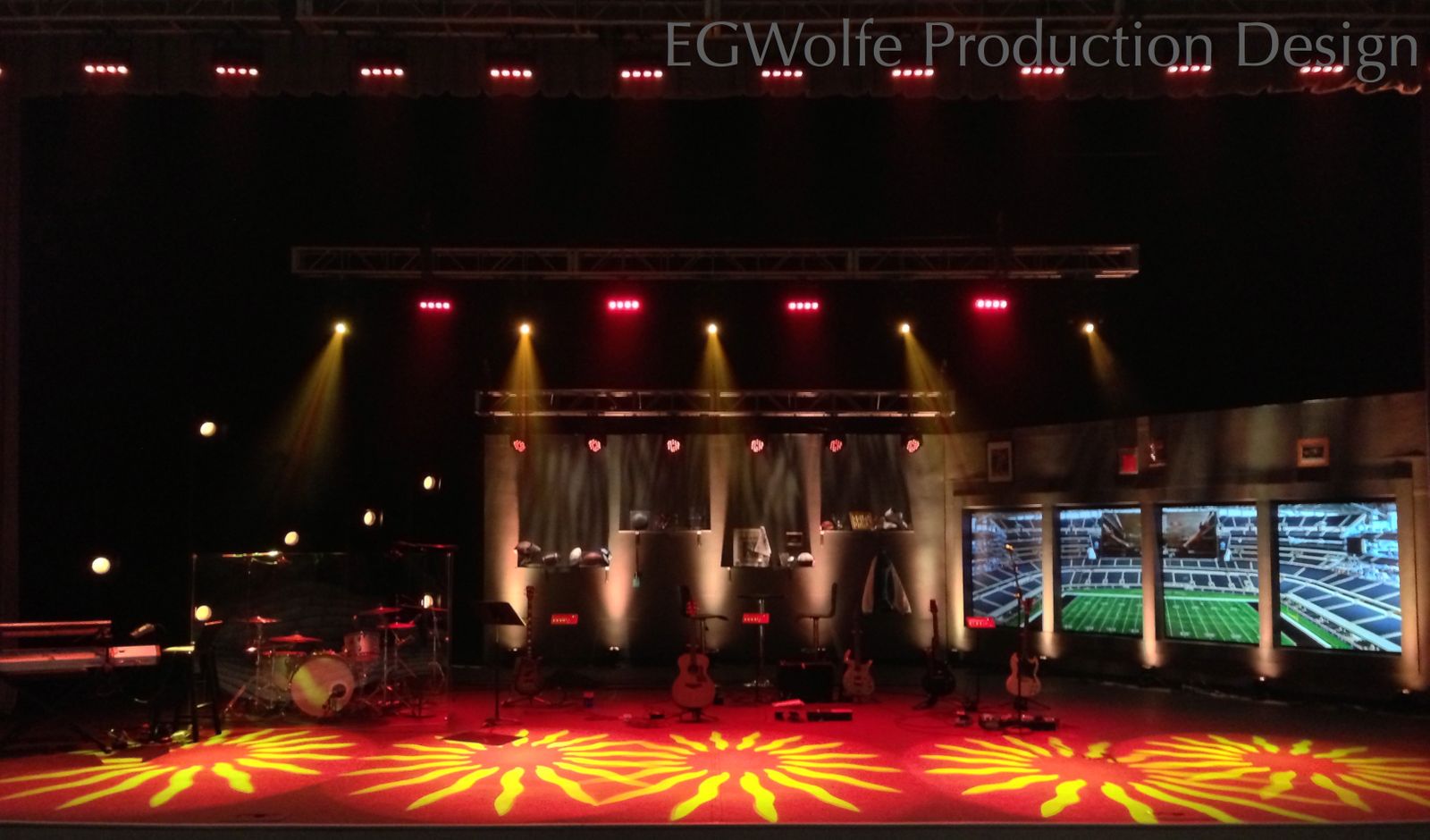
Posted on February 19th, 2013
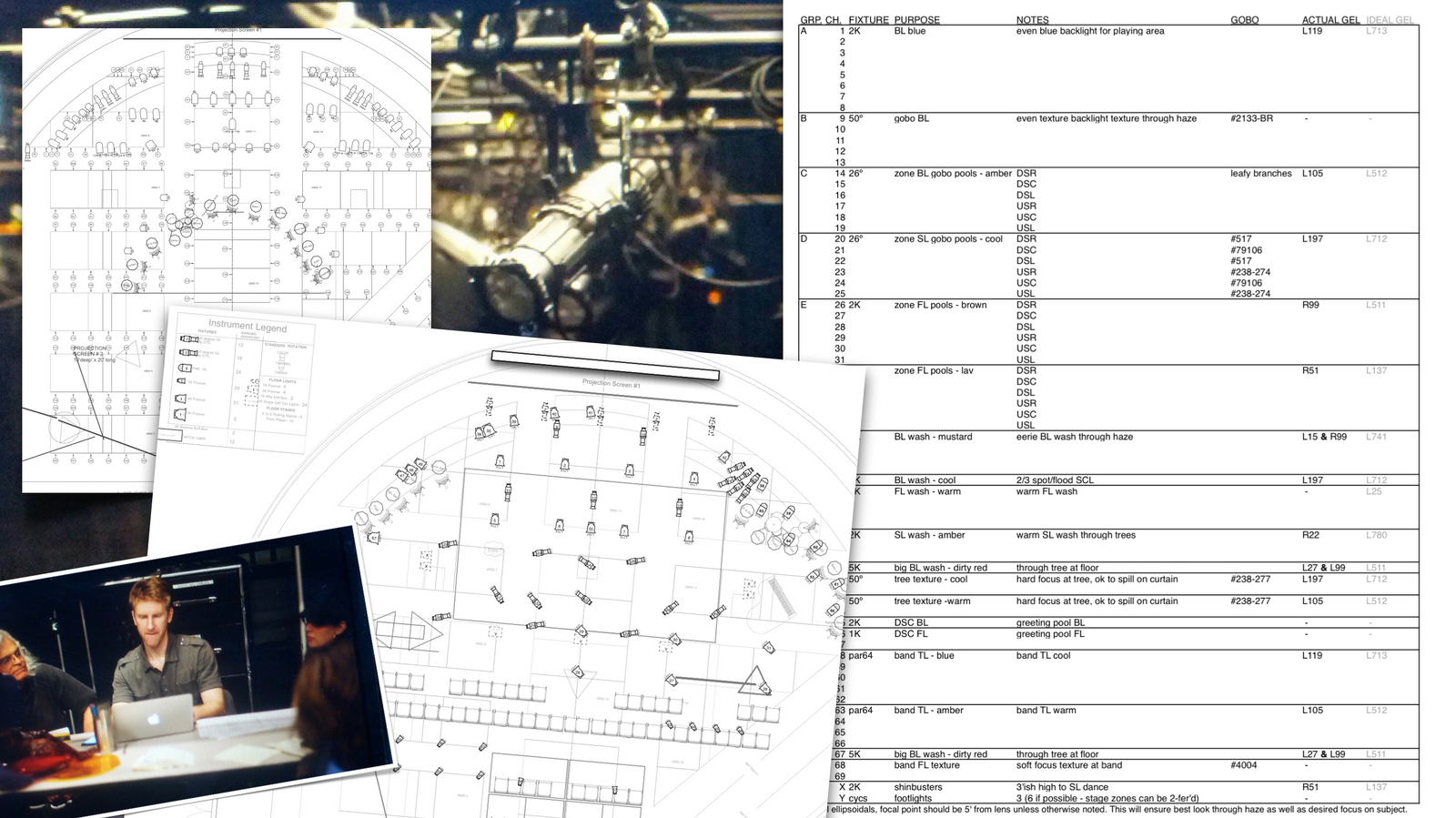
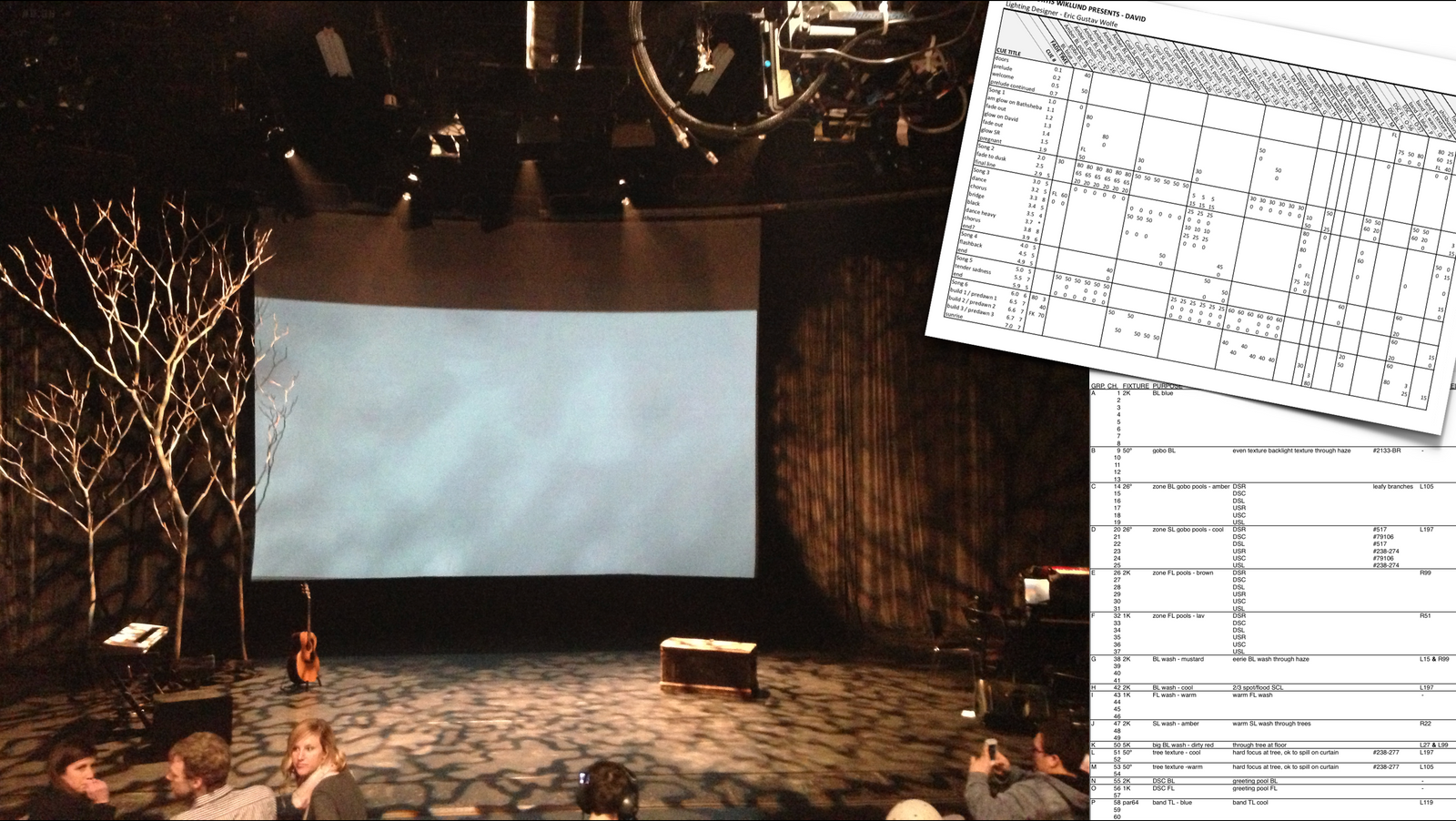

Creative Director | Process Architect. Design Strategist. Leadership Coach.